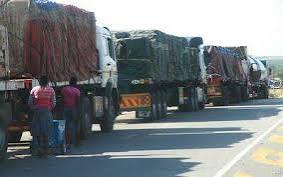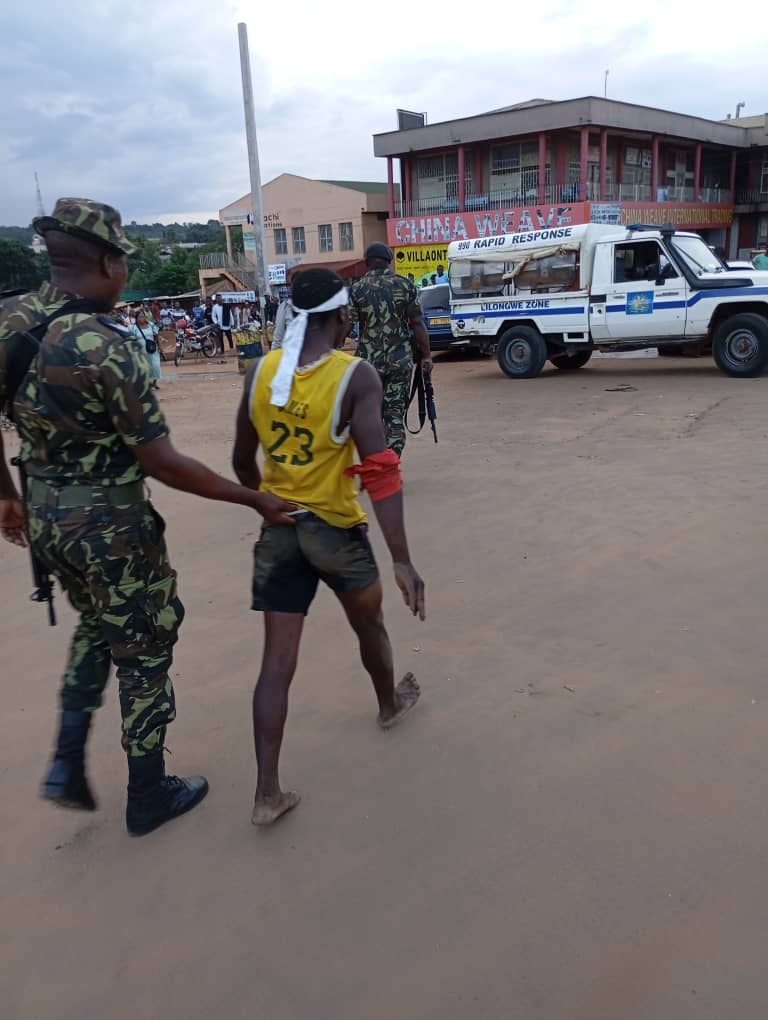By Burnett Munthali
A 7.7-magnitude earthquake struck central Myanmar on Friday, sending shock waves across other parts of Southeast Asia and China.
The tremor, which was one of the strongest to hit the region in recent history, caused widespread devastation in towns and villages near the epicenter.
Buildings collapsed, roads cracked open, and entire communities were left in ruins as the ground shook violently for several minutes.
Authorities reported that the powerful quake was felt in neighboring countries, including Thailand, Laos, and India, causing panic among residents.
The death toll exceeded 1,600, with rescuers fearing that the actual number could be much higher as more bodies were discovered under the rubble.
More than 3,400 people were injured, many of them suffering from severe fractures, head trauma, and other life-threatening conditions.
The country’s military government, which has been struggling with ongoing political and social unrest, confirmed the casualty figures on Saturday.
Officials warned that the numbers were expected to rise as search and rescue teams continued their efforts to reach remote areas.
Emergency response teams, including local volunteers and international humanitarian organizations, rushed to provide aid to those affected.
Hospitals quickly became overwhelmed with injured victims, forcing medical staff to set up temporary treatment centers in makeshift tents.
Electricity and water supplies were severely disrupted, leaving thousands of people without access to basic necessities.
Survivors recounted harrowing experiences of being trapped under debris and desperately calling for help.
In the hardest-hit areas, rescuers used heavy machinery to clear rubble while others dug with bare hands to reach those still buried.
Families searched for missing loved ones, some of whom had been attending religious gatherings or working in markets when the quake struck.
The Myanmar Red Cross and other aid agencies began distributing food, water, and blankets to displaced families.
The government declared a state of emergency and called for international assistance to support rescue and recovery efforts.
Scientists and geologists noted that Myanmar sits on several active fault lines, making it highly vulnerable to earthquakes.
Despite the region’s history of seismic activity, preparedness measures have often been inadequate, contributing to the high number of casualties.
Neighboring countries expressed their condolences and offered assistance, with China and Thailand pledging to send rescue teams and humanitarian aid.
The United Nations and other global organizations also promised to provide relief support to help Myanmar cope with the disaster.
As night fell, thousands of displaced residents camped outdoors, fearing aftershocks that could bring more destruction.
Seismologists warned of possible aftershocks in the coming days, urging people to remain vigilant and take necessary precautions.
The earthquake has once again highlighted the vulnerability of Myanmar’s infrastructure and the need for better disaster preparedness.
Rebuilding efforts are expected to take months, if not years, as the nation struggles to recover from the devastation.
For now, the focus remains on saving lives, providing aid, and ensuring that survivors receive the support they desperately need.




